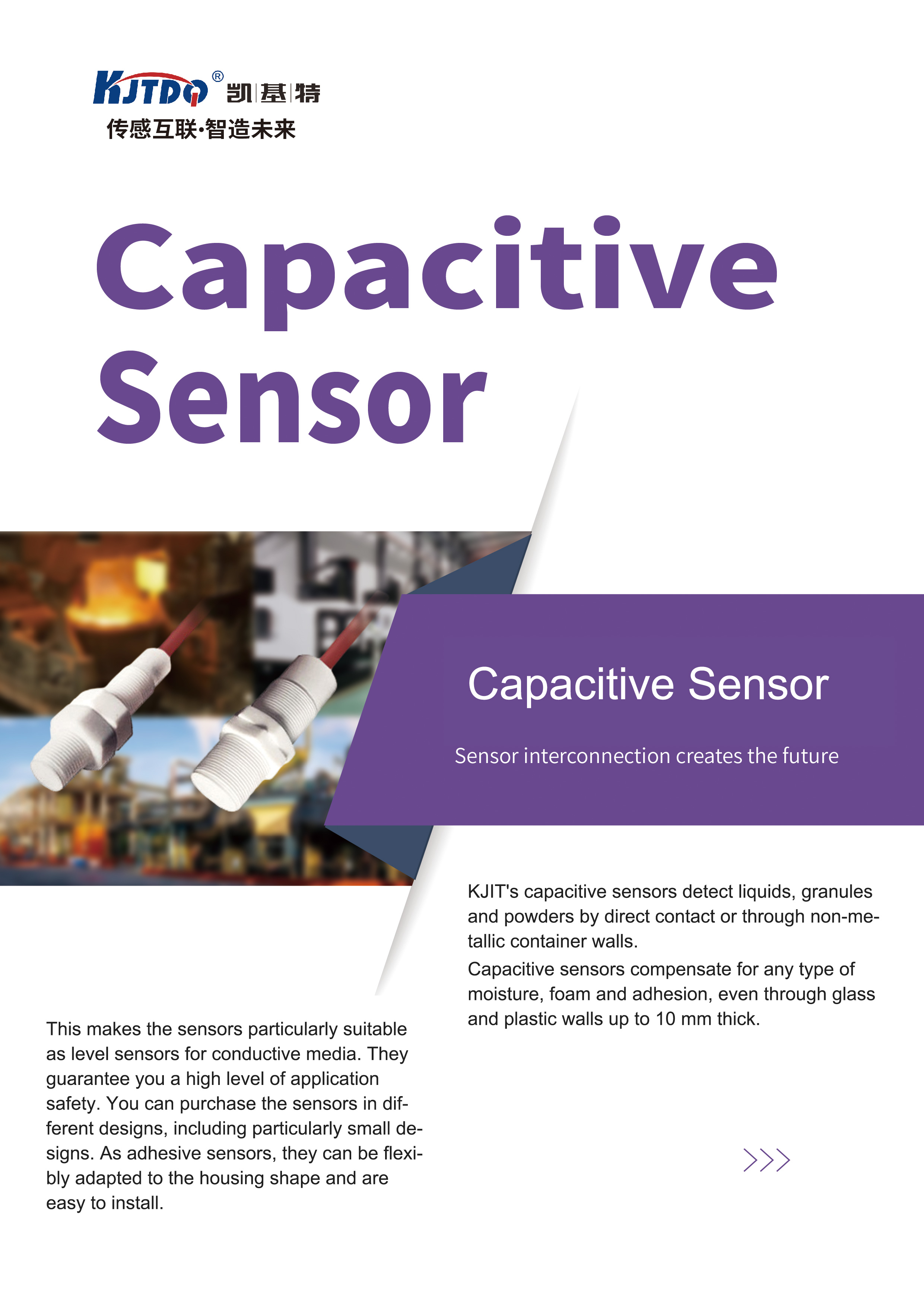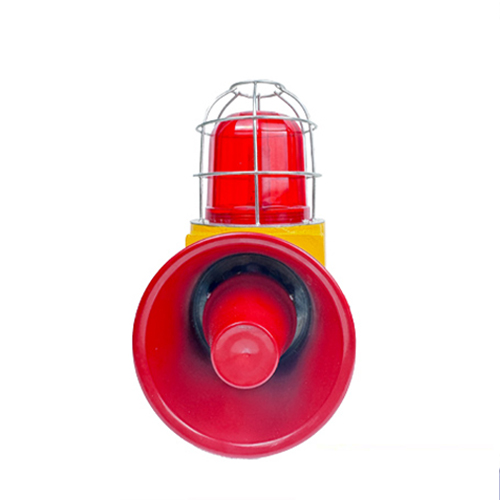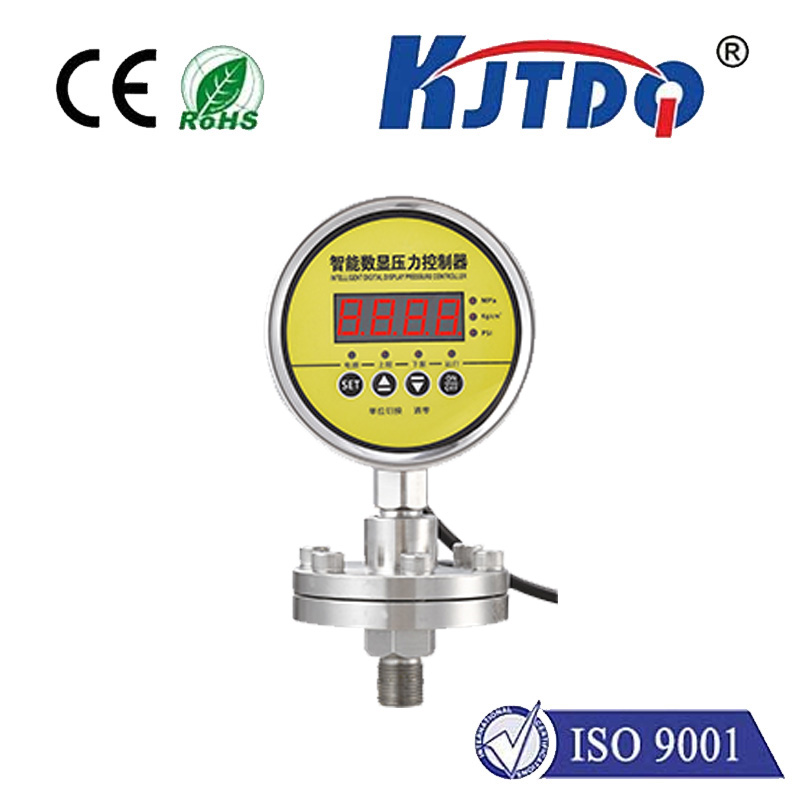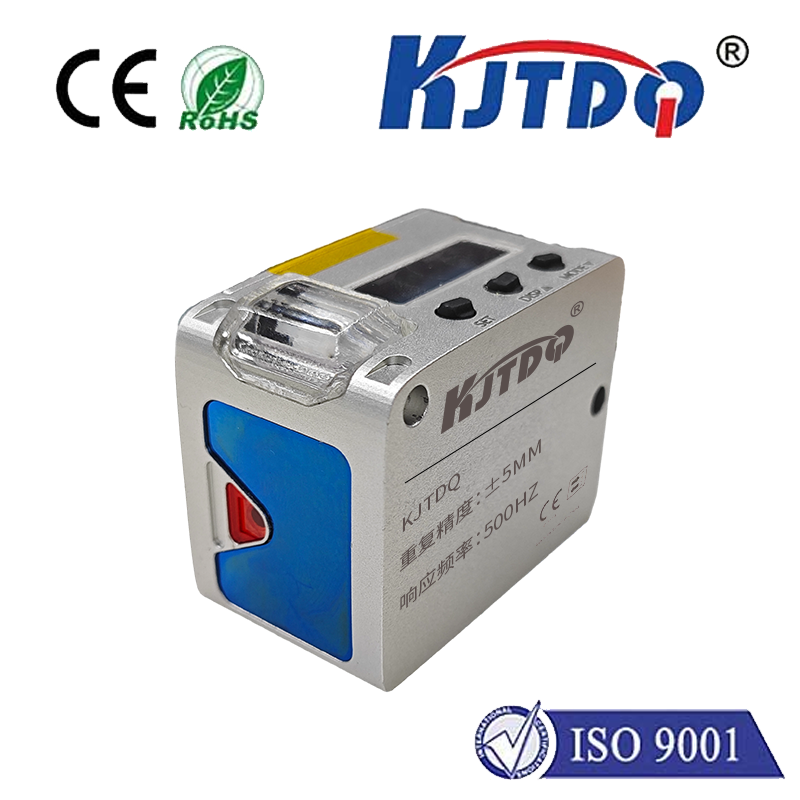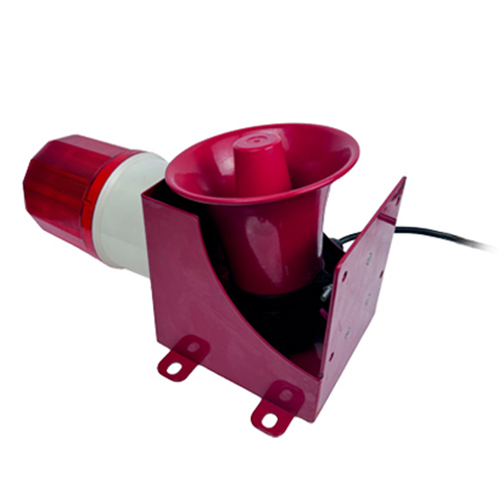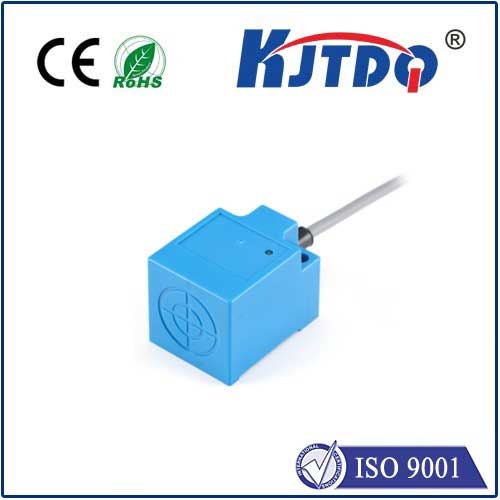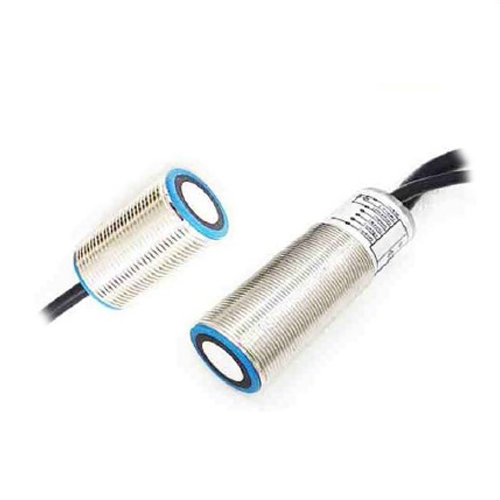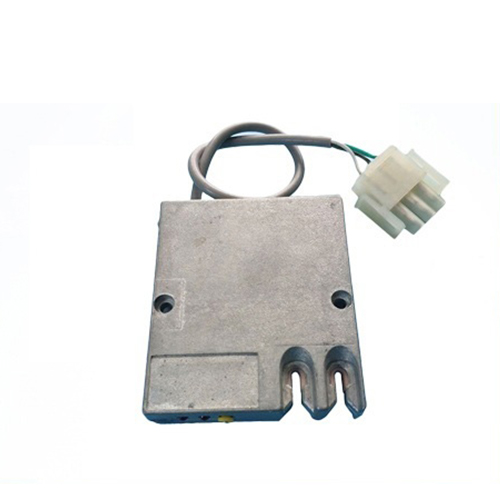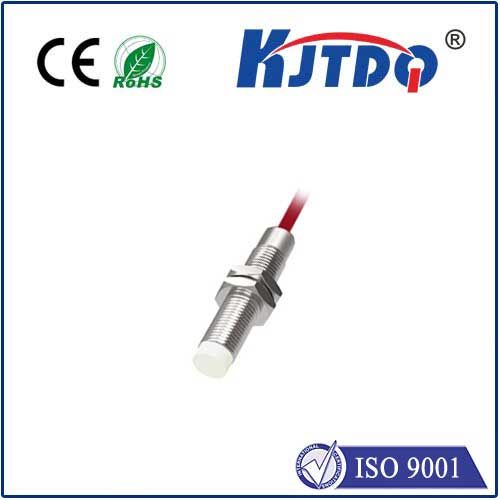Переключатель уровня воды
- time:2025-08-08 01:35:51
- Нажмите:0
Water Level Limit Switches: Silent Sentinels Safeguarding Your Systems
Ever wonder what prevents your basement from flooding when the sump pump runs or stops your washing machine from overflowing? Often, the unsung hero is a remarkably reliable device: the water level limit switch. These crucial components act as the eyes and decision-makers for countless systems involving liquid management. Far more than simple sensors, they provide essential control, critical safety interlocks, and enable vital automation by accurately detecting when water reaches predetermined high or low points. Understanding their function and importance is key to appreciating how countless modern systems operate safely and efficiently.
At its core, a water level limit switch is an automatic control device designed to detect the presence or absence of water (or other conductive liquids) at a specific point. Unlike continuous level sensors that provide a range of readings, a ограничительный переключатель functions like a binary trigger – it’s either “on” or “off.” When the liquid level rises to (or falls below) the precise point where the switch is located, it changes its electrical state. This signal is then sent to a controller, pump, alarm, valve, or other equipment to initiate a specific action – typically starting or stopping a process.

How Do Water Level Limit Switches Work? The Mechanics Behind Detection
The principle of operation varies significantly depending on the switch type. Here are the most common technologies:
- Float Switches: These are arguably the most recognizable. They utilize a buoyant float attached to a lever arm. As the water level changes, the float rises or falls, physically moving the lever. This mechanical movement either directly opens/closes electrical contacts within the switch (mechanical float switch) or triggers a magnetic reed switch (sealed magnetic float switch), sending the on/off signal. Their simplicity, reliability, and direct action make them popular for numerous applications like sump pumps, tanks, and bilge pumping.
- Optical Level Switches: These employ infrared light and a prism or sensor. When the probe tip is in air, internal infrared light reflects within the prism back to a sensor. When submerged in liquid, the light refracts differently, causing less light to reflect back. The sensor detects this change in reflected light intensity and triggers the switch state. They are prized for contactless sensing (only the tip needs contact), lack of moving parts, and suitability for liquids where float switches might stick, like viscous fluids or those with debris.
- Conductivity (or Capacitive) Probes: These switches work by detecting the change in electrical conductivity or capacitance between two (or more) electrodes when submerged in water. Water, being conductive, completes the circuit between electrodes at a set point, triggering the switch. Capacitive types sense the change in capacitance caused by the dielectric difference between liquid and air. They are excellent for pure water applications or where chemical compatibility is a concern, though water conductivity affects performance.
- Ultrasonic/Pressure Switches: Ultrasonic switches emit sound waves down towards the liquid surface; the time taken for the echo to return indicates distance/level, triggering a switch at preset points. Pressure switches (diaphragm type) detect the hydrostatic pressure exerted by the liquid column above them; a specific pressure corresponds to a specific level, activating the switch. These are often used where non-contact sensing (ultrasonic) is critical or for deeper tanks (pressure).
Where Water Level Limit Switches Shine: Critical Applications
The versatility of water level limit switches makes them indispensable across a vast spectrum of industries and everyday appliances:
- Water Management & Treatment:
- Sump and Sewage Pumps: Preventing basement flooding by activating the pump at a high level and stopping it once a low level is reached (high-level and low-level limit switches).
- Water Tanks (Residential/Commercial/Industrial): Controlling well pumps to fill tanks when low (low-level switch) and preventing dangerous overflows (high-level switch). Ensuring constant water pressure in pressure tanks.
- Wastewater Treatment Plants: Monitoring levels in clarifiers, holding tanks, and lift stations for pump control and process flow management.
- Boiler Systems: Preventing catastrophic low-water conditions (low-water cutoff switch is a critical safety device) that could lead to overheating and explosion. Also used for blowdown control.
- HVAC Systems:
- Cooling Towers & Chillers: Ensuring adequate water levels for efficient operation and preventing pump dry-run damage using low-level limit switches. Preventing overflow with high-level switches.
- Condensate Pans: Detecting excessive condensate buildup beneath HVAC coils (a sign of clogged drain lines) using a secondary drain pan float switch, triggering an alarm or shutdown to prevent water damage.
- Industrial Process Control:
- Managing levels in chemical storage tanks, mixing vats, and processing vessels for consistent batch quality and safety.
- Preventing spills in dye tanks, plating baths, and parts washers.
- Lubrication systems for machinery to ensure adequate oil levels.
- Appliances:
- Washing Machines: Controlling the fill cycle (fill to the correct level) and preventing overfilling.
- Dishwashers: Similar level control during the fill phase.
- Coffee Makers/Ice Makers: Ensuring the correct amount of water is present for operation.
- Marine: Bilge pump control to automatically remove water ingress and prevent sinking.
Why They Are Essential: The Compelling Benefits
The widespread adoption of water level limit switches is driven by fundamental advantages:
- Повышение безопасности: This is paramount. Low-level switches prevent pumps from running dry, which can cause severe damage, overheating, and even fire hazards. High-level switches prevent dangerous overflows that can lead to structural damage, slippery surfaces, electrical hazards, environmental contamination, and costly cleanups. In boilers, the low-water cutoff is a legally mandated safety device.
- Equipment Protection: Preventing dry running directly extends the lifespan of pumps and motors. Avoiding overflows protects surrounding equipment and infrastructure.
- Process Reliability & Automation: Limit switches enable fully automated operation of liquid handling systems. Tanks fill and empty automatically based on demand, pumps start and stop precisely, and critical processes maintain consistent levels without constant human supervision. This automation improves efficiency and reduces labor costs.
- Cost Savings: Preventing damage to equipment and property, avoiding waste from spills and overfilling, and reducing energy consumption (by ensuring pumps only run when necessary) all contribute to significant cost savings over time.
- Simplicity & Robustness: Particularly mechanical float switches, they offer a tried-and-true, often low-cost solution. Many types are designed for harsh environments.
- Critical Alarming: They can trigger audible or visual alarms (or send signals to building management systems) alerting personnel to abnormal conditions like high water levels in a basement sump pit or low levels in a critical process tank before a problem escalates.
Choosing the Right Sentinel
Selecting the optimal Переключатель уровня воды requires careful consideration:
- Liquid Properties: Is it water? Conductive? Corrosive? Viscous? Containing debris? This heavily influences the best technology (e.g., optical or tuning forks for viscous/debris-laden liquids).
- Application Needs: Is it simple pump control? Critical safety shutdown? Alarm triggering?
- Environment: Ambient temperature, pressure, potential for explosion (requiring intrinsically safe switches), presence of steam or corrosive fumes?
- Mounting: Top, side, bottom? Vertical or horizontal space constraints?
- Electrical Requirements: Voltage, current rating, switching type (SPST, SPDT)?
- Reliability & Maintenance: How critical is uptime? How easily can the switch be accessed for maintenance or cleaning?
**Water level limit switches are foundational components in maintaining control and safety wherever liquids are


